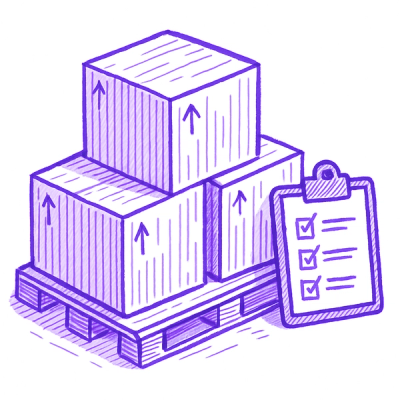
Security News
Open Source Maintainers Feeling the Weight of the EU’s Cyber Resilience Act
The EU Cyber Resilience Act is prompting compliance requests that open source maintainers may not be obligated or equipped to handle.
embedded-postgres-cli
Advanced tools
Command line interface for embedded postgres",
Using yarn
yarn add embedded-postgres-cli
Using npm
npm install embedded-postgres-cli
You can run the command from yarn yarn pge or simply pge if you install it
globally.
pge --help
Usage: pge [options] [command]
Options:
-h, --help display help for command
Commands:
start [options] example command with default simple usage
help [command] display help for command
pge start --help
Usage: pge start [options] [database]
Start the PostgreSQL server
Arguments:
database The name of a database to create
Options:
--user <USER> The admin username (default: "admin")
--password <PASS> The admin password (default: "admin")
--port <PORT> The server port (default: 5432)
--data <PORT> The data directory (default: "/Users/aegiro/code-mine/embedded-postgres-cli/.pg-data")
-h, --help display help for command
pge clean --help
Usage: pge clean [options]
Remove the data from previous run of the server
Options:
--data <PORT> The data directory (default: "/Users/aegiro/code-mine/embedded-postgres-cli/.pg-data")
-h, --help display help for command
You can save the configuration in an RC file name .embedded-postgresrc so you don't have to add the pass and port for every invocation of the command and you can still overwrite on the command line. The file is in JSON format and all keys are optional.
example
{
"user": "admin",
"password": "admin",
"port": 5432,
"data": "",
"databases": [
"database_1",
"database_1"
]
}
FAQs
Command line interface for embedded postgres
The npm package embedded-postgres-cli receives a total of 2 weekly downloads. As such, embedded-postgres-cli popularity was classified as not popular.
We found that embedded-postgres-cli demonstrated a not healthy version release cadence and project activity because the last version was released a year ago. It has 1 open source maintainer collaborating on the project.
Did you know?

Socket for GitHub automatically highlights issues in each pull request and monitors the health of all your open source dependencies. Discover the contents of your packages and block harmful activity before you install or update your dependencies.

Security News
The EU Cyber Resilience Act is prompting compliance requests that open source maintainers may not be obligated or equipped to handle.

Security News
Crates.io adds Trusted Publishing support, enabling secure GitHub Actions-based crate releases without long-lived API tokens.

Research
/Security News
Undocumented protestware found in 28 npm packages disrupts UI for Russian-language users visiting Russian and Belarusian domains.